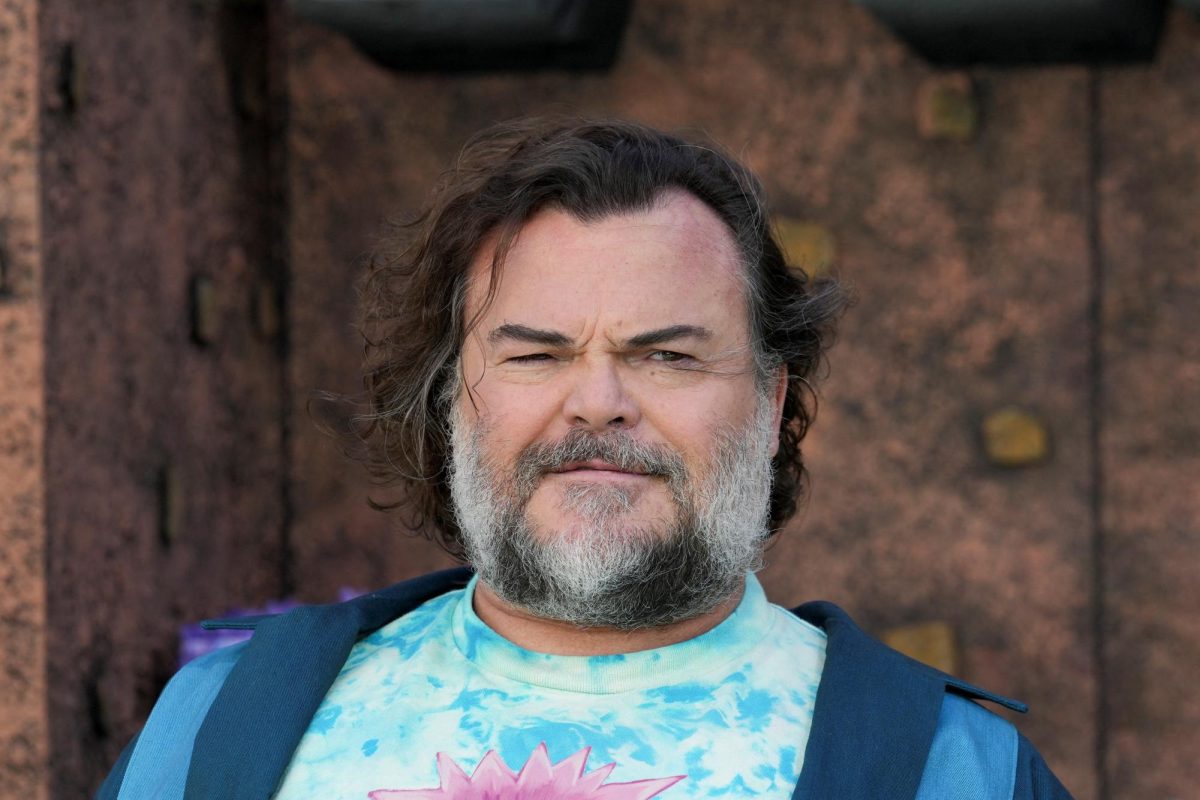“Yellowjackets”— Showtime’s gripping, survival drama — just wrapped up its third season. The series follows a high school soccer team whose plane crashes in the remote Canadian wilderness en route to a national championship. Stranded with few resources and no hope of rescue, the girls and their coach struggle to survive — and to maintain any shred of their humanity. The show is told in two timelines: the survival timeline in 1996 and another in modern day where the surviving women, now in their 40s, attempt to conceal what really happened in the wilderness.
Season three recap
The new season picks up six weeks after the events of season two in 1996. The girls manage to build huts to survive the last brutal weeks of winter, and the adults attend Natalie’s funeral in the modern timeline.
As the season unfolds, the teens set out to hunt down Coach Ben — suspecting he burned down their cabin. Though he maintains his innocence, the girls find him guilty and hold him hostage at their camp. As they grow increasingly more sadistic towards Coach Ben, Natalie makes the decision to mercy kill him—causing the group to turn on her and Shauna seizes the moment to usurp Natalie as leader of the wilderness.
As leader, Shauna commands the Yellowjackets to feast on Ben’s body, but when a group of scientists discover the girls mid-feast, Lottie — whose schizophrenia has worsened without proper medication — puts an axe through one of their heads. Natalie orders the other girls to bring the remaining hikers back to camp, hoping for a rescue. However, the Yellowjackets’ plans turn awry when Shauna, Lottie and Taissa refuse to leave — convinced they no longer belong in normal society.
It’s clear from season three’s arc that Shauna Shipman is being set up as the “Big Bad” for season four. We’ve watched her evolve from team captain Jackie’s cerebral sidekick in season one into the brutal dictator of the wilderness in season three.
Her transformation is one of the show’s most compelling storylines. One of the first things her adult counterpart says is, “I did not start a bad person,” and the series shows us exactly how she got to where she is. In the beginning, she lingers in the background, suppressing her own emotions to support Jackie and struggling to assert herself in the group. But the grief she experiences, first from her role in Jackie’s death in season one and then from her baby’s stillbirth in season two, shapes her into someone far more hardened and dangerous.
This all culminates in the final episode of the season, when the Yellowjackets, minus a psychotic Lottie, desperate to leave the wilderness, devise a plan to take Shauna down. The girls kill the animals they’ve captured over the summer and propose another hunt: whoever draws the queen card is to be hunted and eaten.
They present the idea to Lottie, whose unwavering belief in the wilderness leads her to agree. Taissa and Van attempt to rig the card draw to protect their friends, stacking the deck for the Queen to go to the hiker. But a paranoid Shauna changes positions in the middle of the draw, causing Mari — whom she’s been at odds with all season — to pull the Queen. As Shauna chases Mari through the woods, Yellowjacket Melissa attacks her but fails to be able to bring herself to kill Shauna. As Mari attempts to escape from Shauna, she inadvertently runs into a spiked pit, mirroring the opening sequence of the show’s first episode. However, when they return to camp and prepare to eat Mari, Shauna discovers that Natalie and the hiker have switched clothes, and that Natalie has made her way to the top of a mountain. In the final shot, we see her call for rescue using the hiker’s hidden transmitter, and a voice answers.
Review
The teen timeline remains as captivating as it was in its previous season. Its slow-burn storytelling allows us to linger with the girls in the wilderness. The strong cast creates an incredibly suspenseful watch, especially Sophie Nélisse’s performance as Shauna Shipman and Sophie Thatcher’s as Natalie Scatorcci. The 1996 timeline continues to remain the heart of the show.
But where the teen timeline shines, the adult timeline struggles, particularly with the absence of adult Natalie. The adult storyline feels far more inconsequential and disjointed than the teen one, and with Natalie’s death at the end of season two, a noticeable void is left in the show, and it feels like the writers are unsure of where to take the narrative without her. The problem is only exacerbated by her death being glossed over so quickly. Her death is only a focus in the first episode, in which only Misty truly grieves her.
While the slow pacing heightens the suspense of the teenage storyline, it drags down the adult one. With nearly double the cast in the teen timeline, it’s odd that the show insists on giving both timelines equal weight, especially when the adult timeline isn’t nearly as compelling. Without a unifying goal for the adult Yellowjackets the modern storyline feels directionless. By season three, we should be seeing real growth in these characters, but instead, it feels like they’re still stuck where they were in season one.
The choice to reveal an eighth survivor also felt strange. Melissa — a minor background character from season two who didn’t even speak until the first episode of this season — is now, suddenly, a central adult survivor. Meanwhile, key characters like Lottie and Van have been killed off to allow her more screen time.
It’s not just their deaths that sting; it’s the abrupt finality of their arcs. Lottie, once a schizophrenic teen who initiated the wilderness’s give-and-take belief system that helped the girls survive, survived a plane crash, being knocked out in the woods, being assaulted by Shauna, and multiple murder attempts. And yet, in adulthood, she dies by being shoved down the stairs by a sixteen-year-old. What was the point of her cult? What role did she play in adult Travis’s suicide? What were her visions really trying to say? We’ll never know. All those answers died with Lottie at the bottom of the stairs.
Van’s death is just as upsetting, considering the writers never allowed her to exist beyond her relationship with Taissa — another surviving Yellowjacket. We first learned Van was still alive in season two, where Van became Tai’s anchor. And now? Van is stabbed in the chest by Melissa. In her final moments, Van slips into a death vision, and watches her death play out on a screen and laughs out, “What? I died? That’s it?” Even she seems unimpressed with her death.
So, who is Melissa, really? What has she brought to either timeline, and what makes her important enough to justify disrupting the story that seasons one and two so carefully built? All we seem to know is that she had a brief romantic relationship with Shauna in the wilderness—but that relationship was short-lived and, frankly, underwhelming. Her survival feels forced for Shauna’s sake, but when compared to the rich dynamics between Shauna and Jackie in season one or Taissa and Van throughout the series, their relationship never feels all that compelling
“Yellowjackets” boasts a strong cast across both timelines, with suspenseful storytelling and undeniable chemistry between its actors, allowing the show to remain a binge-worthy watch. But it’s clear the show is struggling to find direction for its adult characters. With the deaths of Lottie and Van, there’s hope that the next season will offer a more streamlined adult storyline. Perhaps we’ll finally see more depth from Melissa and get some long-awaited answers about what happened to the girls after rescue. Though it was far from perfect, season three still delivers a strong setup for what’s to come.
This story was written by Allison Scherquist. She can be reached at allison.scherquist@marquette.edu.




